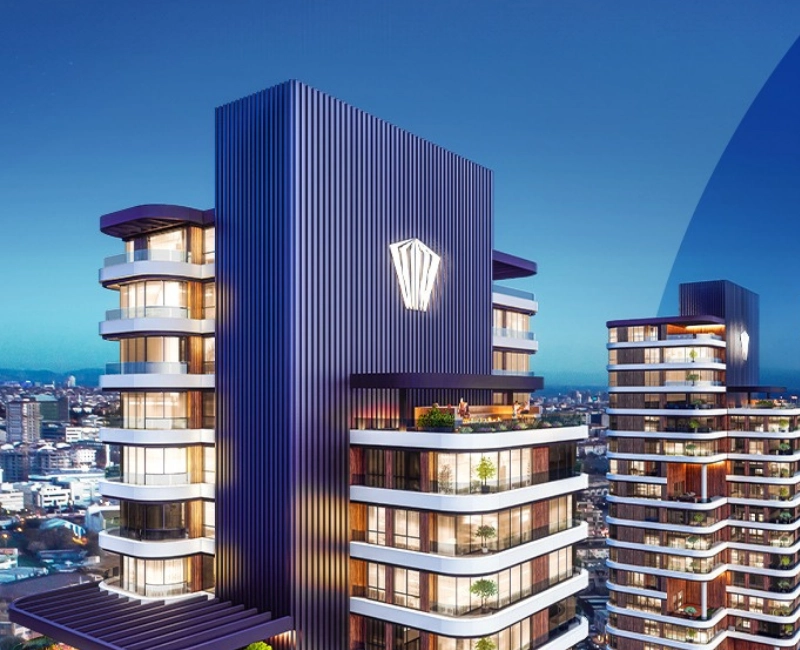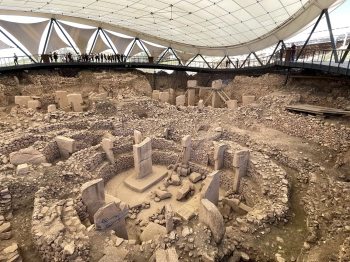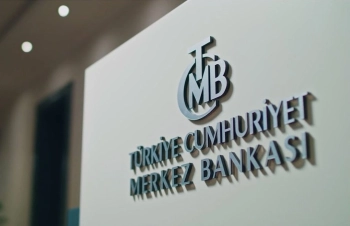What does it mean to create a truly inclusive living space? Why is accessibility in luxury real estate becoming a priority? How can modern developments like Luxera Gyodan set new standards for barrier-free living? These questions are at the heart of a growing movement in real estate that prioritizes accessibility without compromising on luxury or design.
The Vision Behind Luxera Gyodan
Luxera Gyodan represents a groundbreaking approach to luxury real estate by integrating accessibility into its core design philosophy. Unlike traditional high-end developments that often overlook the needs of individuals with disabilities, Luxera Gyodan has been meticulously planned to ensure that every resident, regardless of physical ability, can enjoy a seamless living experience.
The project focuses on universal design principles, which aim to create environments that are inherently accessible to all people. This includes features such as wheelchair-friendly pathways, elevators with tactile buttons, and smart home technologies that can be controlled via voice commands or mobile apps.
Real-world example: In similar developments worldwide, such as The Barbican in London, accessible design has not only improved quality of life for residents with disabilities but also increased property values by appealing to a broader market.
Key Features of an Inclusive Development
Luxera Gyodan incorporates several innovative features to ensure accessibility:
- Wide doorways and corridors to accommodate wheelchairs and mobility aids.
- Adjustable countertops and cabinets in kitchens and bathrooms.
- Voice-activated systems for lighting, temperature control, and security.
- Sensory-friendly spaces designed for residents with autism or sensory processing disorders.
These features are not just add-ons but are integrated into the architectural blueprint from the outset, ensuring a cohesive and aesthetically pleasing environment.
The Economic Benefits of Accessibility
Beyond the social imperative, there are compelling economic reasons for developers to embrace accessible design. Studies show that accessible properties have a broader appeal, attracting not only individuals with disabilities but also aging populations and families planning for future needs.
Practical application: In the United States, the demand for accessible homes has surged, with buyers willing to pay a premium for features like step-free entrances and walk-in showers. Luxera Gyodan is poised to capitalize on this trend, setting a benchmark for future developments.
Challenges and Solutions in Implementation
While the benefits are clear, implementing accessible design is not without challenges. One major hurdle is the higher upfront cost associated with specialized materials and technologies. However, these costs are often offset by long-term savings in maintenance and increased property values.
Another challenge is changing perceptions. Many developers still view accessibility as a niche requirement rather than a universal need. Luxera Gyodan addresses this by showcasing how accessibility can enhance, rather than compromise, luxury and design.
The Future of Accessible Real Estate
Luxera Gyodan is more than just a real estate project; it is a vision for the future. As populations age and awareness of accessibility grows, the demand for inclusive living spaces will only increase. Developments like Luxera Gyodan are leading the way, proving that luxury and accessibility can go hand in hand.
Looking ahead: Innovations such as AI-driven home automation and advanced mobility solutions will further revolutionize the way we think about accessible living. The lessons learned from Luxera Gyodan will undoubtedly influence future projects worldwide.
How to Advocate for More Inclusive Developments
For those inspired by Luxera Gyodan, there are several ways to advocate for more inclusive real estate:
- Support policies that mandate accessibility in new developments.
- Educate developers and investors about the long-term benefits of inclusive design.
- Demand accessibility when purchasing or renting properties.
By taking these steps, we can collectively push the real estate industry toward a more inclusive future.






